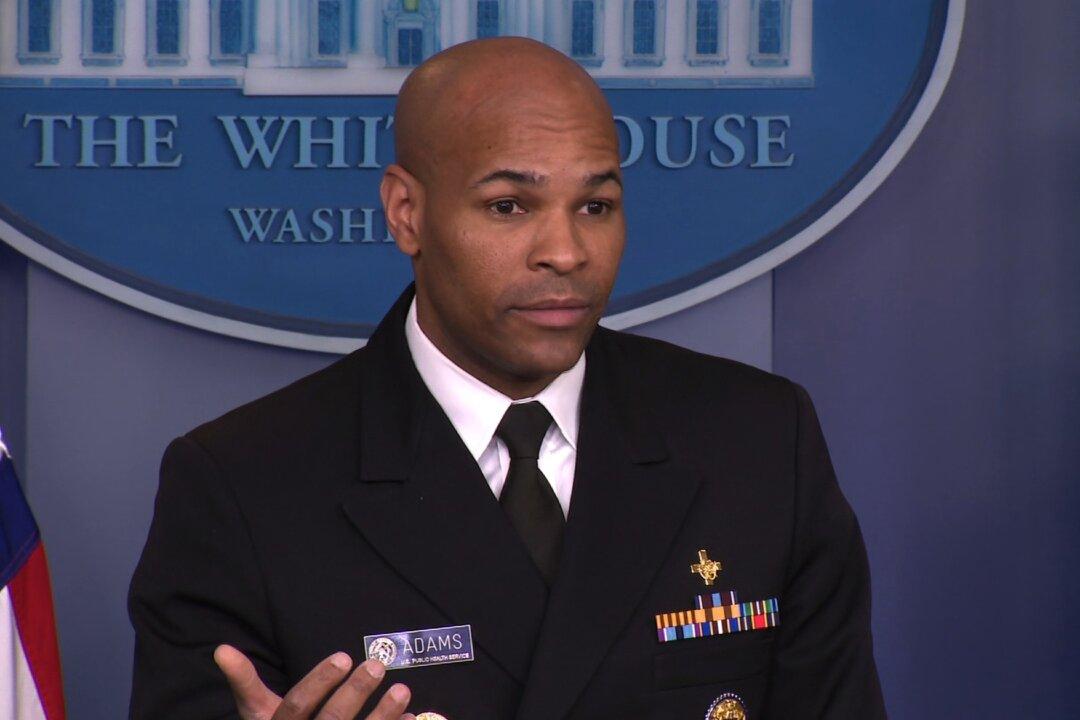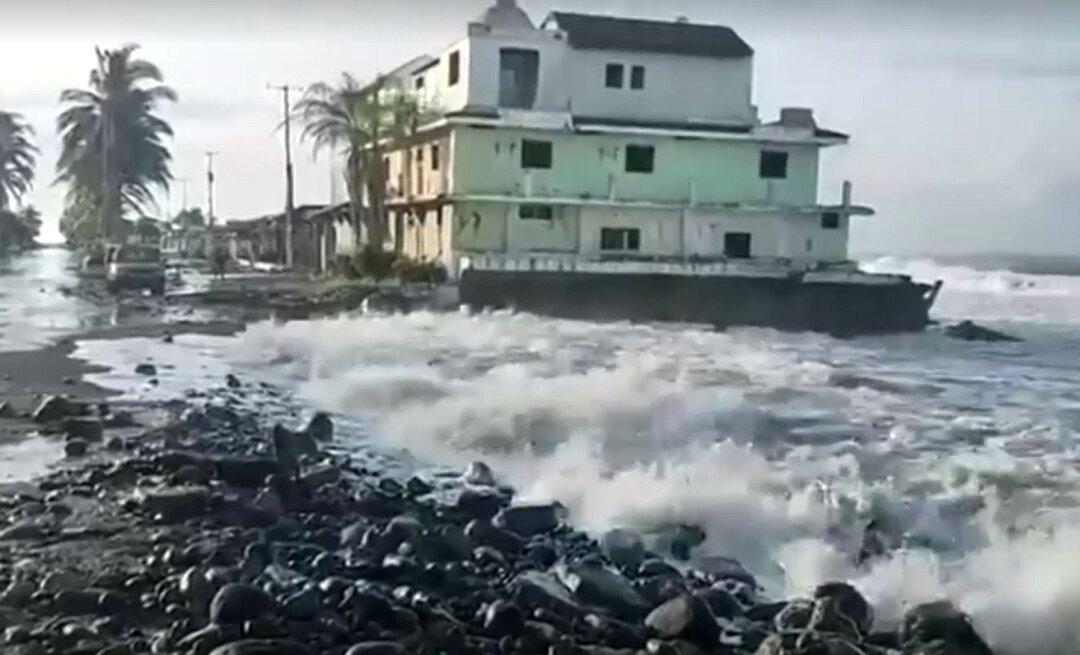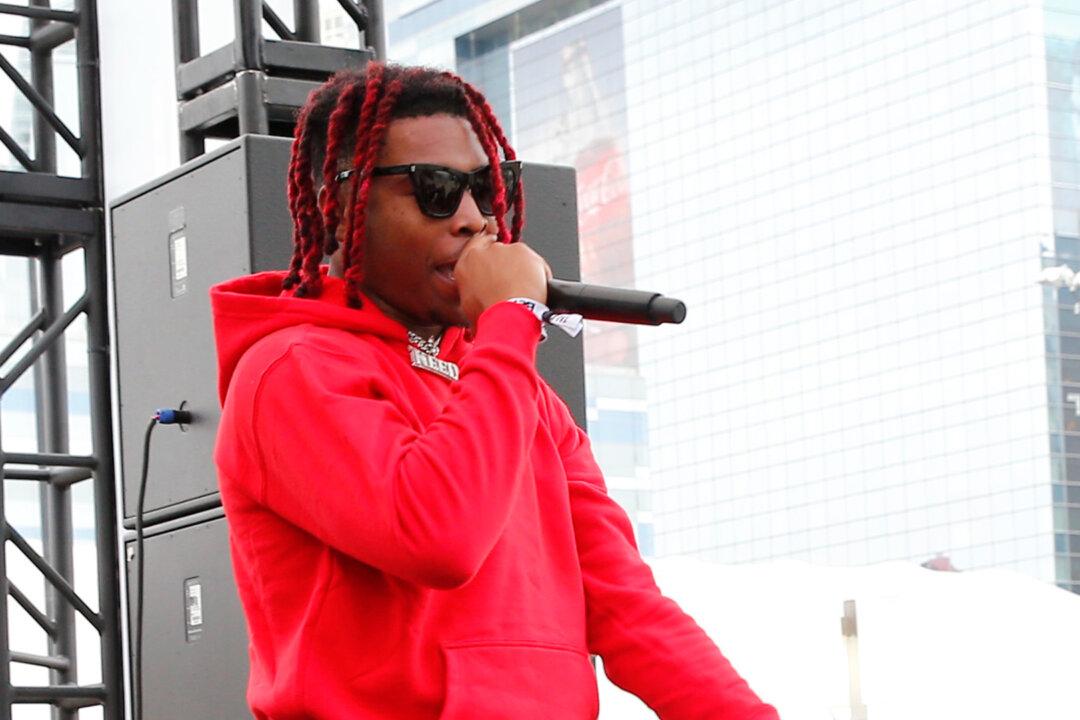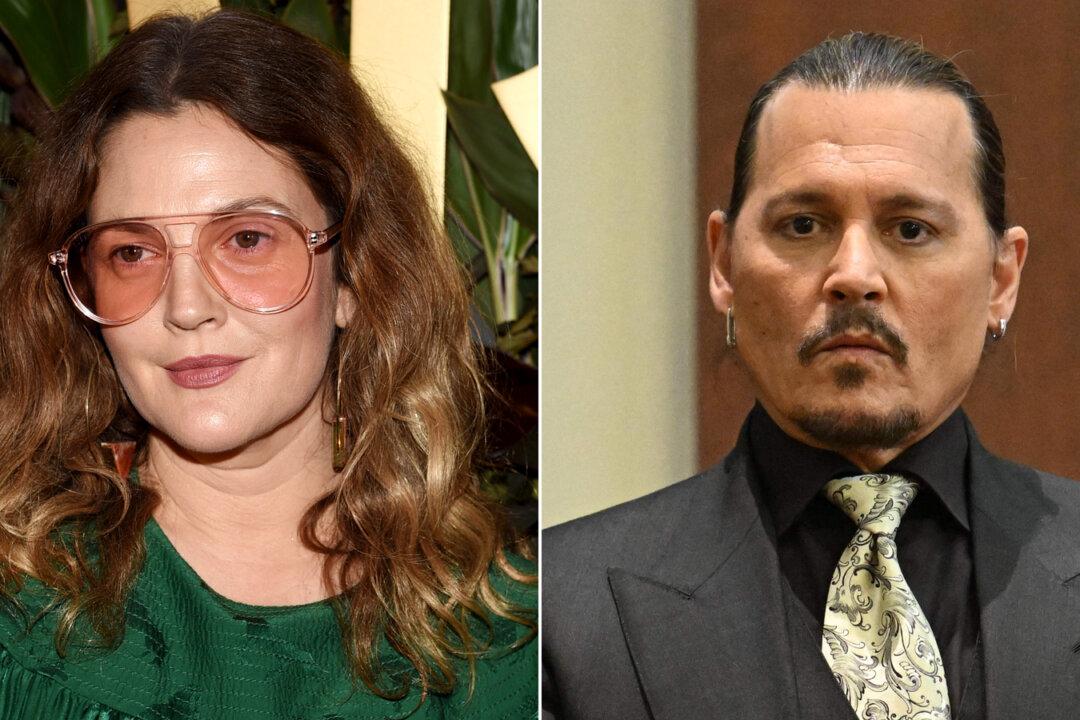U.S. Surgeon General Dr. Jerome Adams said to expect new outbreaks of the CCP virus resulting from the nationwide protests over the death of George Floyd that have seen thousands of people gather in close proximity.
While a majority of protesters nationwide have worn masks and face coverings as they demand justice for Floyd, a black man who died last week while in police custody, the large crowds have made it difficult to social distance.




